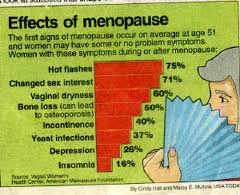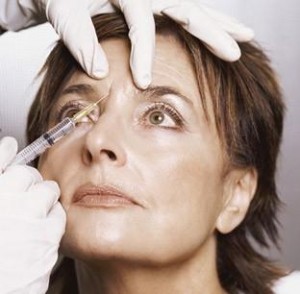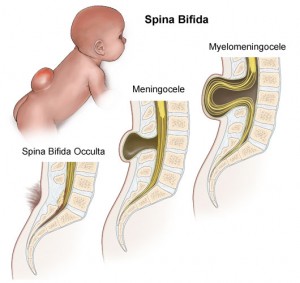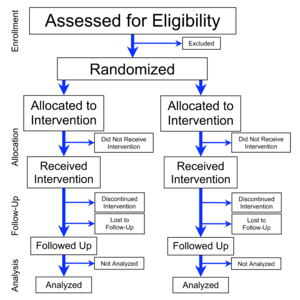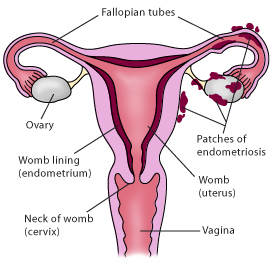Lately there have been several review articles published in the medical literature about hormone replacement therapy (HRT) after menopause for women. A number of longterm follow-up studies have shown that HRT with a combination of estrogen and progesterone hormones is associated with a higher risk of stroke, heart attacks, blood clots and pulmonary embolism. The WAVE trial has recently shown that estrogen replacement does not lead to protection from heart disease or strokes, however exercise and weight loss (from calorie restriction) does.
Two more recent studies add to the story: the one is a study showing that urinary incontinence (=bladder leakage) is much worse on estrogen replacement (HRT) than without it. The other study showed that estrogen replacement leads to dementia of the Alzheimers type.
Here are the details: Dr. Jodi Steinauer (University of California at San Francisco) reported about the findings during the American College of Obstetrics and Gynecology meeting at New Orleans. The study was designed to see whether estrogen/progestin hormone replacement would improve bladder function with aging. Episodes of urine loss when coughing, sneezing or running (urinary incontinence) were observed by the 1208 women from the HERS trial (Heart and Estrogen/Progestin Replacement Study) who were followed along for 4 years. The women were either given a hormone tablet (estrogen/progestin) or a “fake” pill with no hormones (placebo pill). To the surprise of the investigators the opposite of what was expected happened: The HRT group did much worse than the placebo group.
After one year urinary incontinence was up 2 to 3-fold in the HRT group and after 4 years this number was up 3 to 5-fold. Of the women who did not have stress incontinence in the beginning, only 38% of the placebo group developed it over 4 years, whereas in the HRT group 54% developed it. The authors concluded that HRT replacement therapy in menopause should be avoided (reported in The Medical Post, page 1 and 86, May 13, 2003).
Recently a new study (JAMA 2203;289:2651-62) showed that dementia was double the rate in older postmenopausal women on HRT than in the placebo group. 4532 postmenopausal women aged 65 years or older from the Women’s Health Initiative’s memory study (“WHIMS”) were followed by researchers for 4 years. The HRT therapy consisted of Prempro (Premarin and Provera). None of the women had dementia in the beginning of the study. After 4 years 21 of the placebo group had developed it (age related), the Prempro group developed 40 dementia cases. It is unclear why the HRT group had developed dementia, but the authors of the study theorize that perhaps a series of mini-strokes would be responsible for this.
In summary, it appears now with more evidence from the literature that HRT should only be given to postmenopausal women in a few selected patients under close medical supervision, but that the majority of women likely should not take it. Osteoporosis can be prevented by regular brisk walks, dietary changes with fat reduction and avoidance of refined sugar etc. as another powerful tool to achieve longevity. Keep in mind that these “hormone” replacement trials were regarding Premarine and Provera, both products of the drug industry. The body reads these hormone-like susbstances as estrogen-like substances and gets an overdose with the regular dosaging. Only bio-identical hormones in the right mix will be heart and brain protective and will work against osteoporosis. In short, the study described above was done with the wrong “hormones” and should have been done with bio-identical hormones. In menopause there are all kinds of reasons why a woman should use bioidentical hormones to return to her previous hormone balance, but it needs to be supervised by a knowledgeable physician with experience in this.
Read the truth about bio-identical hormone replacement under the “menopause” link below.
Here is a link to “menopause”: http://www.nethealthbook.com/articles/menopause.php
Last edited December 9, 2012


